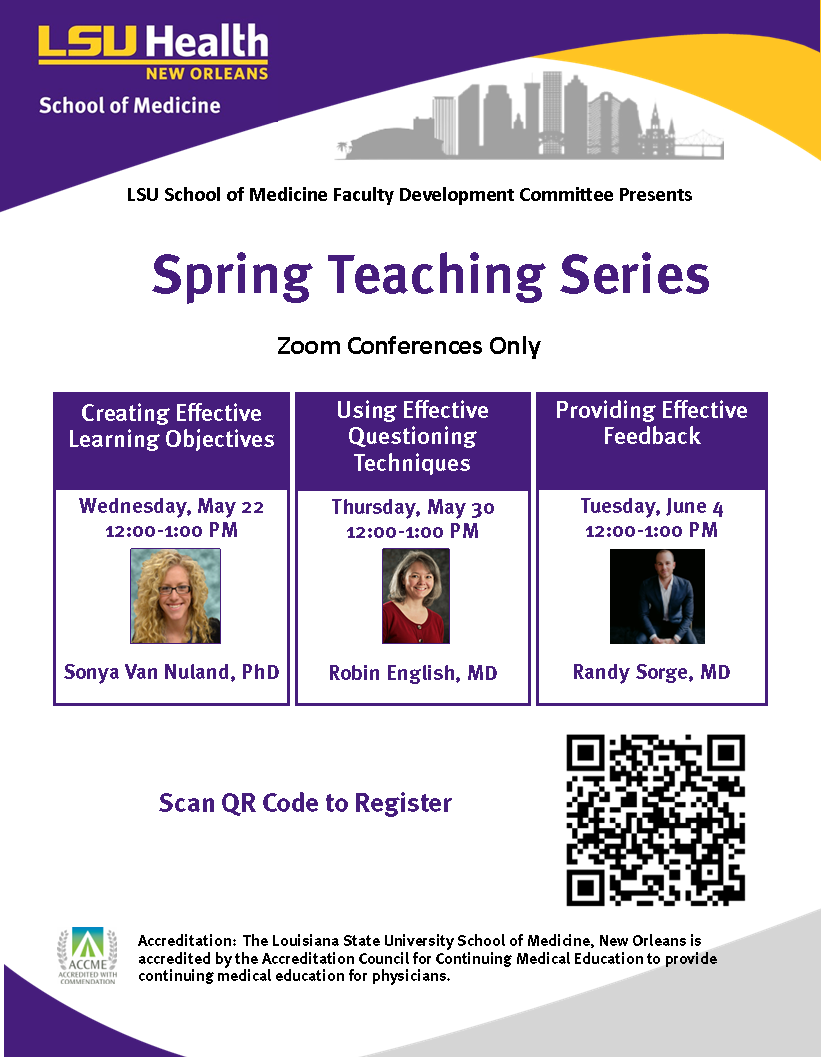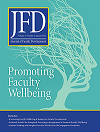The Role of Faculty Development in Advancing Change at the Organizational Level
(Academic Medicine DOI: 10.1097/ACM.0000000000005732)
Traditional Faculty Development (FD) programs generally emphasize the individual development of faculty members in their respective roles. These programs often fall short due to the current challenges faced by faculty members, such as the need for greater attention to faculty well-being, both for its own benefit and due to increasing workloads, as well as a lack of equitable and inclusive learning environments in the face of insufficient institutional support. Furthermore, in many academic health sciences centers, faculty that are primarily educators are perceived as less valuable than researchers and clinicians, with policies that reinforce the differences among these groups. The authors of this article advocate for FD leaders to implement a model with four major concentric and dynamically interconnected goals/domains to help address these challenges and advance positive changes at the institutional level.
- Goal #1: promotion of faculty development programs both at the individual and the group level, through educational and leadership programs. One example would be the creation of forums to share evidence-based educational practices, that could involve DEI either directly or indirectly, to move the institution towards improving initiatives. A side-product would be the creation of a cohort of educators that could further steer the organization culture when they become leaders.
- Goal #2: advocate for internal funding to support infrastructures such as educational academies, scholarship and awards. In recent years, increased demands of faculty workload towards patient care, education and research have created a “do more with less” attitude that has negatively impacted faculty’s well-being. Whereas some resources might be beyond the institution’s means, some infrastructures can be implemented at low cost, or reallocating available resources. This goal could be accomplished by identifying individuals and groups with common interests across the institution and establishing a community of practice of educators to nurture creativity and disseminate the best practices and assessment strategies. Further steps would be to provide institutional funds for educational innovation and scholarship, as well as opportunities to share them inside and outside the institution.
- Goal #3: allow FD leaders to exert influence on, rather than simply work within, institutional policies. These would include reviewing recruitment, promotion and retention policies for faculty educators and developers, as well establishing the incorporation of an education portfolio in promotion packages, in addition to articulating the need for faculty of diverse background and attending to faculty well-being.
- Goal #4: require FD leaders to identify and exploit significant issues, such as faculty burnout and moral distress to engage the organization in innovative initiatives to address these issues. These initiatives would initially require engaging all the key stakeholders to assess and implement share objectives by addressing the organizational issues that impact healthcare education quality and would then require significant FD efforts to implement them.
While resources for any/all of the goals might be beyond the institution’s immediate means, some infrastructure can be implemented at low cost, or by reallocating available resources. Moreover, innovative solutions and collaborations can be pursued to make all the activities more viable in institutions where resources are lacking. While not perfect, this is a great starting point to help drive institutional improvements.


